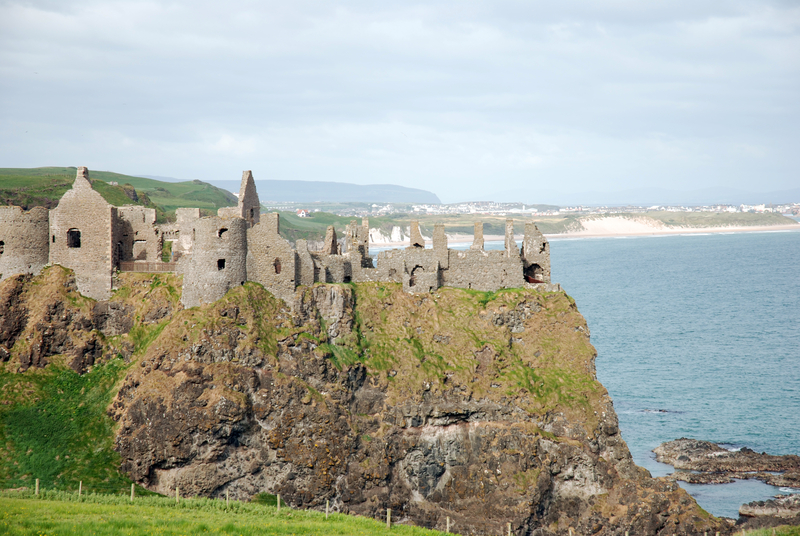If you have ever dreamed of treading in the apocryphal footsteps of King Arthur, Snowdonia National Park, Wales awaits you.
Established in 1951, Snowdonia National Park spreads over 827 square miles of mountains, valleys, forests, estuaries, and lakes. Snowdonia hosts Snowdon, the highest mountain in Britain and Wales, and Bala Lake, or Llyn Tegid, the largest natural lake in Wales. Located on Britain’s western coast, Snowdonia National Park is Wale’s largest National Park.
United Kingdom National Parks are referred to as “Britain’s Breathing Spaces.” Your holiday in Snowdonia, or Eryi as the Welsh call it, will be relaxing and invigorating.
Snowdon comes from the Old English words for “Snow Hill.” Yr Wyddfa, “the tumulus,” is the Welsh name for the mountain. Over half of Snowdonia’s 26,000 residents speak Welsh, one of Europe’s oldest living languages.
Legend tells of a fearsome giant called Rhita Gawr. Nearly all the kings of Britain had been slain by Rhita Gawr before Arthur met him in battle at the top of Snowdon. Arthur emerged victorious and Rhita Gawr was buried beneath Snowdon’s summit. Current research shows that critical prisoners were sometimes held at at the top of Snowdon. The spectacular scenery of Snowdonia National Park spurs the imagination and it is easy to understand why so many stories have found a home in Wales.
There are several established paths to walk up Snowdon. These paths range from 3.5 to 5 miles up to the summit. The Snowdon Mountain Railway also takes visitors up to the top of Snowdon. This rack and pinion mountain railway took its first tourists over one hundred years ago.
Train afficionados should also take the Bala Lake Steamway, a 9 mile journey through picturesque Welsh countryside, as well as The Miners’ Tramway, leading a half mile into Llechwed Slate Caverns.
Snowdonia hosts a wealth of historical sites from across the centuries, including Harlech Castle, slate quarries, Roman ruins, and Neolithic burial cairns.
Harlech Castle is set upon a spur of rock and most famous for holding up under a several year seige during the War of Roses, the longest siege in the United Kingdom history. See the critical flight of stairs leading 200 feet down to the base of the cliff.
Whether you are planning a weekend getaway or a full summer holiday, Wales’ Snowdonia National Park promises to exceed your expectations.














